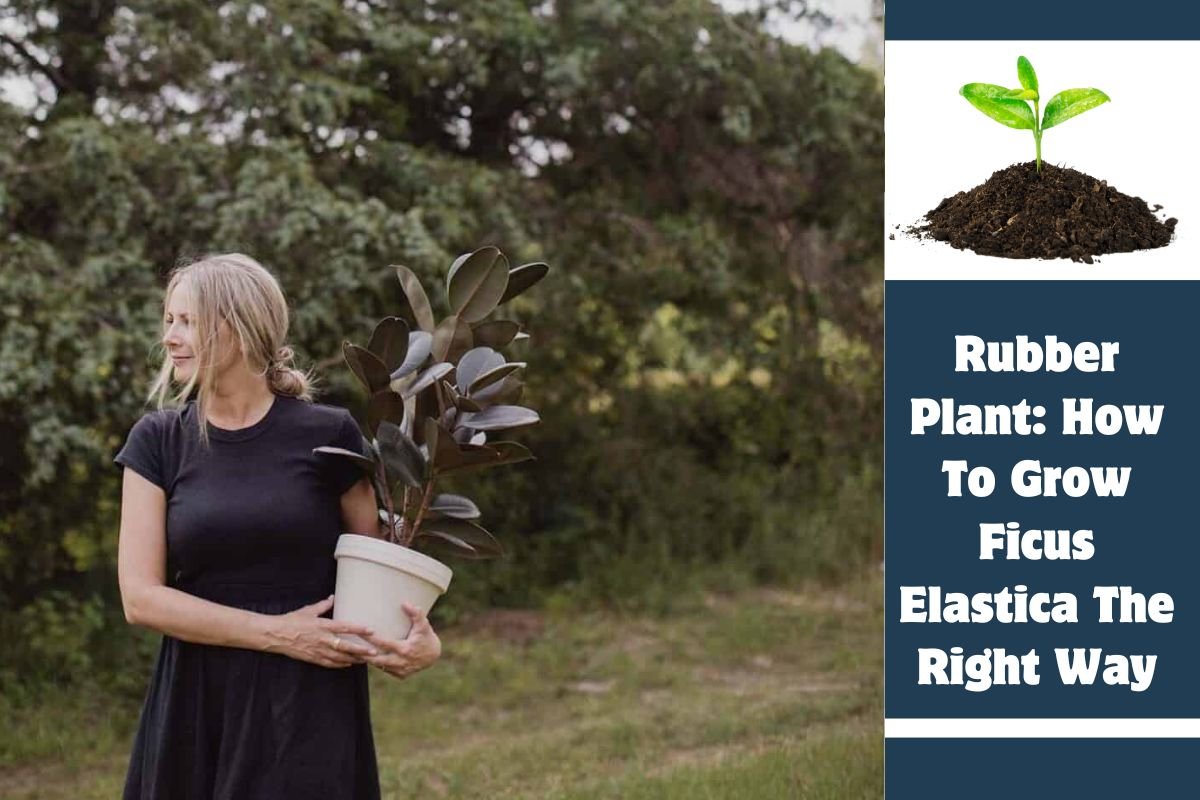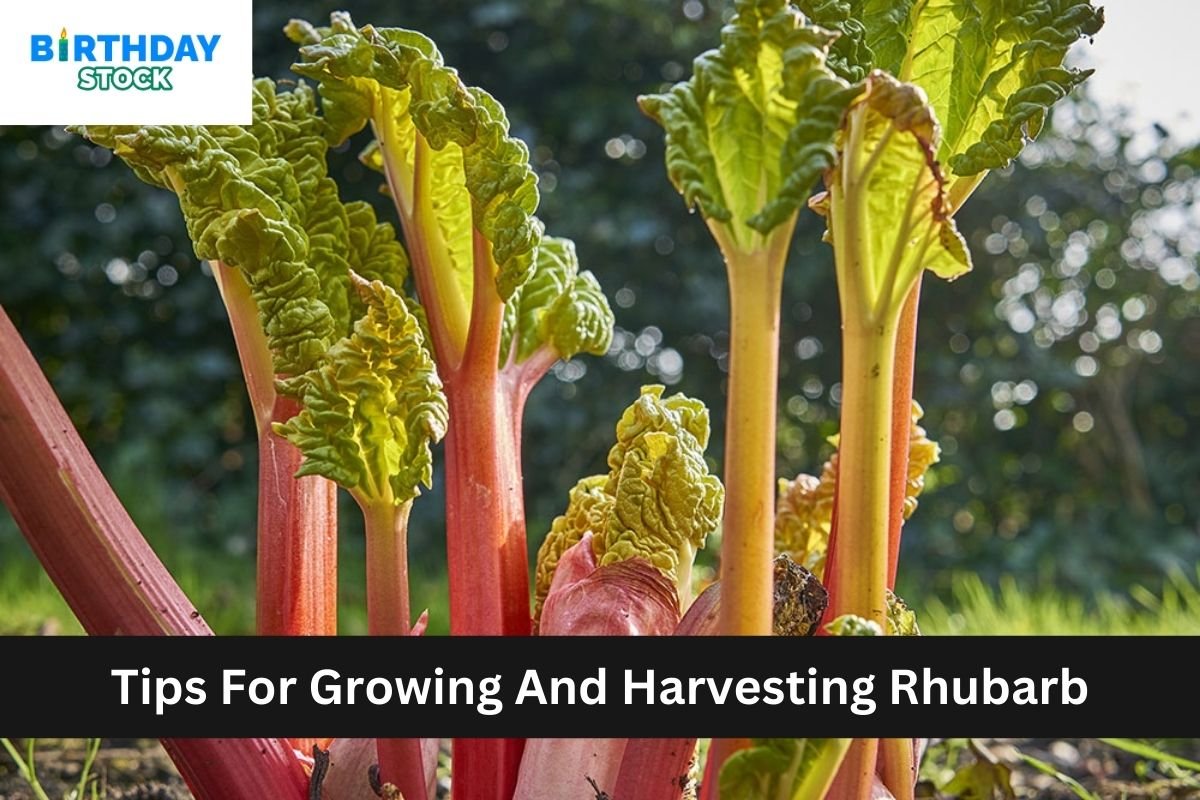Rubber Plant: How To Grow Ficus Elastica The Right Way : Ficus elastica, an evergreen tropical tree native to southern China, Southeast Asia, and Indonesia, is a great choice for a houseplant. It can withstand interior lighting settings, and NASA has even suggested that its air-purifying qualities be used. Furthermore, the plant has a peculiar past. It has been known by the names rubber fig and rubber tree, together with Hevea brasiliensis, for its latex sap, which is used to make rubber.
Rubber Plant: How To Grow Ficus Elastica The Right Way
In tropical Northeastern India, Ficus elastica roots are even utilized to create amazing “living bridges”! Ficus elastica roots are led along a dead tree stem that has been planted across a river. The roots spread out and become thicker as the trunk rots, and new roots are taught to finish the now wind- and flood-resistant bridge.
Can You Grow Rubber Tree Inside?
Although rubber plants are a very hardy variety, they do require some special care in order to flourish, and they can be a bit difficult to maintain.
To keep up with their fast growth, they require the ideal conditions in their habitat, which include lots of light, moist (but not soggy) soil, and adequate fertilizer.
Indoor specimens can reach heights of six to 10 feet, contingent upon environmental factors.
Ficus elastica ‘Tineke’, ‘Burgundy’, ‘Ruby’, and ‘Robusta’ are the most popular types to grow indoors.
How to Grow Rubber Tree Indoors
Because it requires a lot of light, growing this plant indoors in colder locations is not as simple as growing it outdoors in warm climates. Rubber trees should fit most ceiling heights because indoor specimens typically reach a maximum height of 10 feet.
When choosing a location, keep in mind that plants can spread up to three feet wide when fully grown.
If you adore the appearance of rubber plants but lack the necessary space, choose one of our little kinds, such as Ficus elastica congesta.
Sunlight
Rubber plants thrive with at least six to eight hours of bright, indirect light each day. They can do well in an east-facing window or several feet from a south-facing or west-facing window.
They can tolerate soft morning sunlight but should be kept out of harsh, direct afternoon sunlight, which can burn the leaves. Plants that do not receive sufficient light will become leggy and lose their lower leaves.
Their leaves can also become dull instead of glossy and vibrant. Give your plant a quarter-turn once per month to keep its growth even.
Temperature and Humidity
Rubber trees grow well with moderate to warm temperatures between around 65°F and 85°F, with moderate humidity between 40 and 50 percent.
If your space is very dry, consider running a small humidifier near your plant, or group it together in an enclosed space with other houseplants to create a more humid microclimate. Like other types of ficus, these plants are vulnerable to cold drafts.
Keep them away from cold windows or exterior doors in winter. More than a brief exposure to temperatures below 50°F can cause leaves to turn yellow and then brown before they drop off entirely.
ALSO SEE
Watering
Rubber plants prefer constant moisture, but not standing water. They have a low threshold for drought. Check the moisture content of the top few inches of soil with your finger instead of watering on a predetermined timetable.
It’s necessary to water your plant once again if the soil seems crumbly and dry. Keep in mind that as plant growth slows down in the winter, your plant generally won’t require as much watering.
Potting Soil and Drainage
Rubber plants do well in a typical fast-draining potting mix designed for houseplants. Choose a mix with perlite for drainage and peat moss or coconut coir to hold moisture.
You can add a few handfuls of orchid bark to the standard houseplant mix for some additional drainage.
Potting and Repotting Rubber Plant
Rubber plants can grow quickly under the right conditions. A fast-growing plant may need to be repotted every year until the plant reaches the height you want.
Rubber plants don’t mind being slightly potbound, but you’ll know it’s time to repot when you see roots growing out of the holes in the bottom of the pot or appearing to fill the pot from the soil surface.
When repotting, choose a pot that’s no more than three inches larger in diameter than the previous pot.
Considerations
When taking your plant outside, wait until the nighttime hours are regularly over 50°F. Repot plants as needed before doing so. Plants should be moved into deep shade and given more water if temperatures reach the 90s.
Your rubber plant will likely require more regular watering throughout the summer months when it is outside because it receives more light and warmth there than it would indoors.















